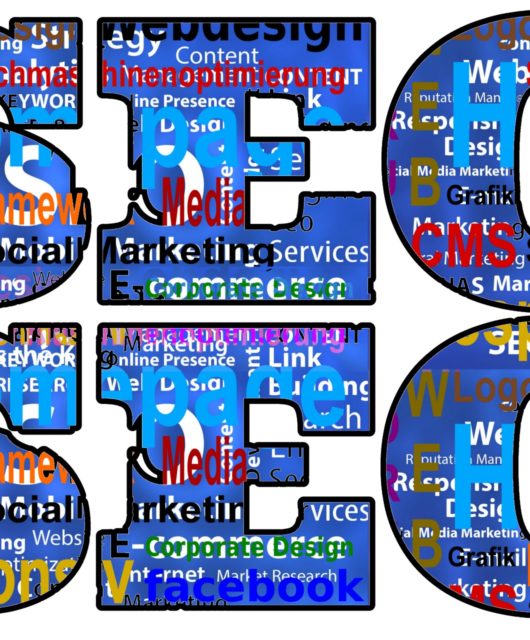The Great Courses Are Embracing the Digital Era

Decades before MOOCs (massive open online courses) were developed, and long before anyone had even heard of YouTube, the Great Courses were developed. For founder Thomas M Rollins teaching as something that had to be available in high quality, and in different formats. This is why he developed interactive learning, available in those days, through cassettes and VCR tapes.
Who Likes the Great Courses?
The Great Courses are available to anyone who classifies themselves as a lifelong learner. That said, the average customer is over 50, enjoys a six figure income, and already has an advanced degree. Many of those who have taken part in their courses have also taken multiple ones, ranging from subjects to Yoga for a Health Mind and Body to Understanding Multivariable Calculus.
Embracing the Digital Era
For some, it is strange that something that is delivered in this format (it is no longer on tape, but now on DVD) continues to be popular, particularly when MOOCs and YouTube now definitely are available. However, clearly, the system has worked because the courses, ranging in price from $35 to over $500, continue to be popular. Perhaps the fact that no final examination or assignments are included is what makes it attractive, but then that is no different from the many others free online courses with certificate.
Yet, the Great Courses does not want to survive on its fame alone, and wants to make sure that they continue to be relevant. This is why the Great Courses Plus was introduced recently. This allows customers to stream courses at a price of $19.99 per month. For this price, they can access any of the courses that are now available online, which includes 280 new courses and over 600 historical ones. And subjects range from wine tasting to astrophysics.
Indeed, Thomas Rollins believes that the Great Courses is the equivalent of Netflix for learners. No, they are not YouTube, nor are they Coursera. However, they have their own following of people who look for a specific learning experience. Indeed, what they aim to offer is a complete experience, rather than just some enrichment experience, which is what Coursera offers. Indeed, when you consider that the average user for a Coursera course is just 33, it seems that while the two companies are in the same line of work, they don’t have exclusive control over the market.
According to Rollins, this is due to the fact that different people search for different learning experiences. This has been confirmed by a variety of educational researchers, who have tested various forms of learning delivery. One researcher aimed to complete a four year degree in liberal arts following nothing but digital learning formats, aiming to complete all of it in just one year. He succeeded in this and even went on to write a book about it. It should come as no surprise that this particular researcher used all the different methods, YouTube, MOOCs, and the Great Courses, in order to achieve this.
Anyone interested in interaction and community should opt for MOOCs. Anyone who is interested in instructions through lectures, however, should turn to the Great Courses.










